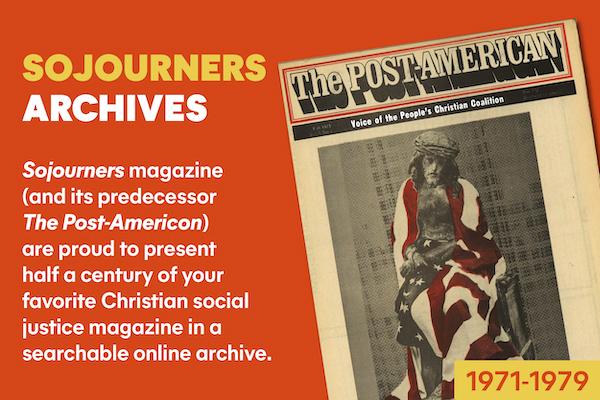It’s been cold in Washington, D.C.-- especially at night, and especially for those who are homeless this winter. We are in the midst of a severe housing crisis in this city, where the winter is the worst in 50 years. Shivering people gathered around open fires in vacant lots and families with their possessions out on the street have become familiar sights. The fast pace of real estate speculation and the renovation of inner city housing for the affluent re-entering the city are pushing the poor out of their homes in almost every neighborhood.
Mary Ellen Hombs herein describes the effects of the back to the city movement upon the poor, and Mark Lee describes the year-long history of an effort by the Community for Creative Non Violence to provide housing for home less people. In recent months Sojourners Fellowship joined C.C.N.V. in their proposal to the District government asking for transfer of title to a large multi-family dwelling at 1361 Fairmont Street, N.W. to a neighborhood land trust. The property would then be rehabilitated, staffed, and funded, at no cost to the city--as an emergency shelter for evicted families. While literally thousands of families and individuals were being driven out of their homes, the city steadfastly refused to make available the Fairmont Street house or any of the other 5,000 vacant housing units it holds deed to.
After months of discussion with city officials, the D.C. government was asked to respond positively to the proposal by January 7. Because of the city’s continued refusal to respond, C.C.N.V. and Sojourners worked together on a public campaign challenging the city’s present policy and appealing to the religious community in Washington and surrounding areas to help provide for the poor in this urgent situation.
Read the Full Article

